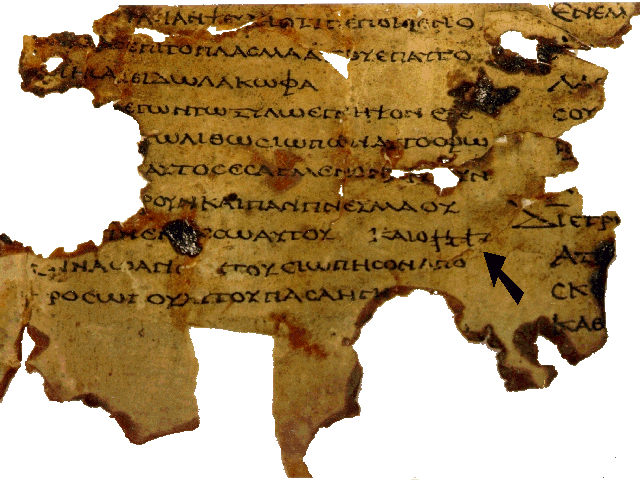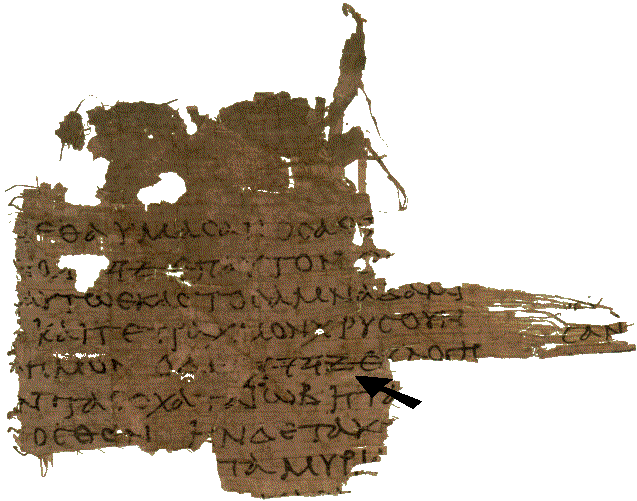Below are 2 examples of where the Tetragrammaton (Holy Name or יהוה) has been found in ancient copies of the Septuagint. The Septuagint is a 3rd to 2nd Century before Yeshua Greek translation of the Hebrew Scriptures. The below fragments are evidence that the Septuagint originally contained the name Yahweh.
The first is an ancient fragment of the Septuagint dated between 50 before Yeshua and 50 after Yeshua. If this dating is correct, it would have been written near the time of Yahushua’s ministry. The name of these fragments are “Nahal Hever Minor Prophets” because they are fragments of Jonah, Micah, Nahum, Habakkuk, Zephaniah and Zechariah found in the Nahal Hever cave, south of Qumran. The Tetragrammaton is indicated with the large black arrow.

Notice that the Tetragrammaton is written in the ancient Hebrew (Paleo-Hebrew) script.
Here is another example of an ancient fragment of the Septuagint dating to the First Century after Yeshua. This fragment contains parts Job 42:

There are other early fragments that also contain the sacred name in like manner.
According to scholars, no copies of the Septuagint dated before the mid-2nd century after Yeshua substitutes the Tetragrammaton (Yahweh’s name) with «Kyrios» (the Greek word Lord).
Source: eliyah.com